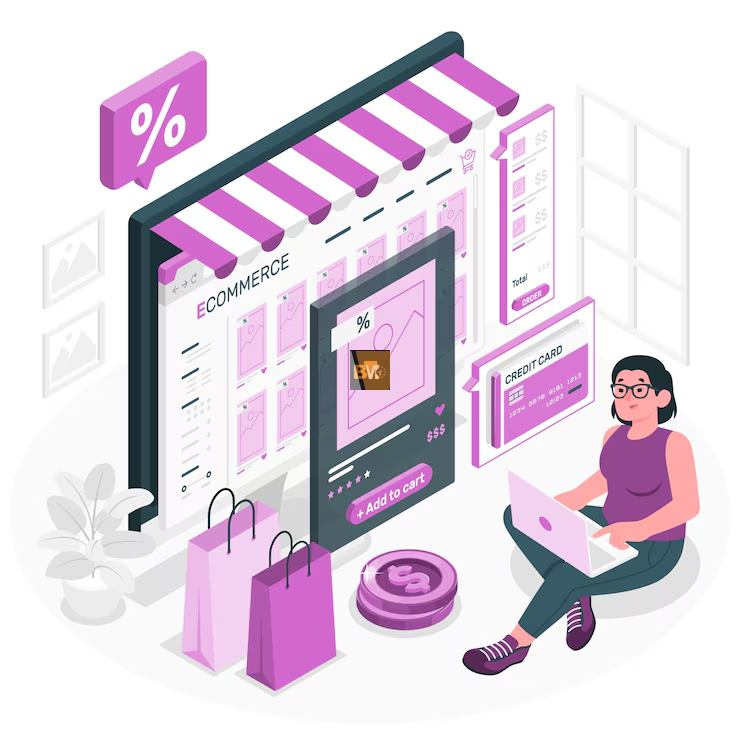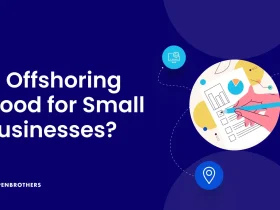Shopify is one of the most popular e-commerce platforms for building an online store in the competitive business landscape. With its ease of use, scalability, and feature-rich environment, it’s the go-to solution for entrepreneurs and established businesses alike.
While Shopify simplifies several aspects of e-commerce, there are several common mistakes that can derail the success of your online store. This is why when you plan to hire Shopify developers you must be aware of these pitfalls and try to avoid them at all costs to build or enhance your Shopify store.
Avoid These Common Shopify Development Pitfalls for a Seamless E-Commerce Experience
Running an online store on Shopify might sound straightforward but can be complicated even if the smallest development mistake is encountered. It can adversely impact the performance, user experience, and sales of your store. From poor navigation setups to neglecting mobile optimization, these key development aspects can make or break the success of your store.
Therefore, whether you choose to hire Shopify developers in-house or to outsource a team, you must know what are the right and wrongs that need your attention. Let’s dive into the common Shopify development mistakes and ways you can prevent them.
- Ignoring mobile optimization
Mobile commerce sales globally are expected to reach a whopping $2.07 trillion by 2024, that is 2.1% more than the $1.71 trillion recorded in 2023. Neglecting mobile optimization for your Shopify store can cost you a significant portion of your potential revenue.
Why is it a mistake?
Many times online stores heavily focus on the desktop experience of the users, assuming that they will have a similar browning pattern on mobile devices. However, that’s not true as mobile users expect an agile load time, easy navigation, and a seamless checkout experience. If your store is nothing like this and rather is difficult to navigate on mobile, visitors are bound to abandon their carts and this will increase the bounce rate.
How can you avoid it?
Make sure that your store is responsive and optimized for all devices and platforms. Compress images, remove unnecessary animations, and test the checkout process on different screen resolutions. When you hire Shopify developers make mobile optimization your top priority so that every element of your store functions flawlessly on smartphones and tablets.
- Overloading the store with apps
Shopify supports an extensive app ecosystem, with tools that can enhance every aspect of your store from marketing to shipping. However, too much of something is also not good. Therefore, adding too many apps can have negative consequences on your store’s performance.
Why is it a mistake?
Installation of a large number of apps can slow down your website with a cluttered user interface and security vulnerabilities. Each app runs its code in the background which results in longer load time and a suboptimal user experience. There can also be increased chances of app conflicts resulting in more bugs and unexpected behavior for your store.
How can you avoid it?
You must carefully choose the apps that add genuine value to your store’s functionality. Regularly audit your apps and remove the ones that you no longer use. When you hire Shopify experts ask them to perform regular performance audits to ensure that the apps are not slowing down your store. Look for custom-built options that may be more efficient than relying on multiple third-party apps.
- Poor site navigation
The navigation structure of your website has a crucial role to play in guiding customers to the products they are looking for. A poorly designed navigation is bound to frustrate the users and results in higher bounce rates.
Why is it a mistake?
Consider yourself in the shoes of your customers. If you struggle to find something that you are looking for, would you return to the site or store of that particular brand? Obviously not! Confusing category names, too many dropdowns, or hidden menu options can result in a frustrated user experience. On the other hand, clear and intuitive navigation encourages the visitors to explore your store and increase the likelihood of conversions.
How can you avoid it?
Keep your navigation simple and intuitive by categorizing products logically, using clear labeling, and limiting the number of dropdowns or clicks required to find your product. If your store has a large inventory, consider adding a search bar with filter options. Ensure that the Shopify developers you hire have expertise in UX design principles and can create a user-friendly navigation structure.
- Failing to optimize images
Images are essential in showcasing your products and they can slow down your site if not optimized optimally.
Why is it a mistake?
High-quality images are essential for product pages, but if they are not optimized they can increase the page load time. Slow websites tend to negatively impact user experience and search engine rankings. As per Google, load time is critical in determining search ranking.
How can you avoid it?
Compress images without tampering the quality by using tools like TinyPNG or ImageOptim. Use the correct image file formats such as WebP to compress the file size furthermore. You can also implement the lazy loading feature where images are only loaded when they are visible on the screen, speeding up the initial page load times.
- Skipping SEO top-rated practices
Search engine optimization (SEO) is vital to drive organic traffic to your store. Many businesses make the blunder of solely focusing on paid ads, overlooking the long-term benefits of a solid SEO strategy.
Why is it a mistake?
Without proper SEO your Shopify store can struggle to appear in the search engine results, limiting your visibility to potential customers. SEO is not just about keywords, it’s also about optimizing your site structure, product pages, and meta tags to make it easier for search engines to crawl and rank your website.
How can you avoid it?
Implement best SEO practices such as use of relevant keywords in product descriptions, optimized meta tags, and creating unique content for product pages. Make sure that your site structure is easy for the search engines to understand with use of proper headings, alt tags, and internal linking.
Rounding Up
Avoiding these common Shopify mistakes is the key to building a successful online store that renders a seamless user experience, drives traffic, and converts visitors into customers. Whether it’s optimizing your store for mobile devices, ensuring fast load times, or implementing a solid SEO strategy, attention to detail is the key.
Hire Shopify developers who have attentiveness to avoid these common pitfalls and can ensure that your Shopify store is not only functional but also exceptional.







Leave a Reply